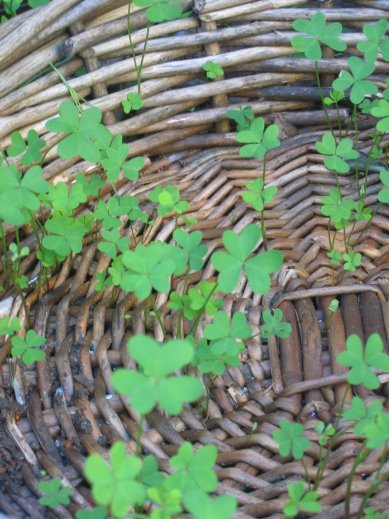











As we get ready to start our final week of the Merritt Permaculture Intensive, I wanted to share some highlights from the last few days. We had some great speakers and ended with a workshop at Christopher Shein's urban permaculture site in Berkeley.
I was very impressed with the work of Chantelise Pells, a local landscape designer who did her Master's research on the sophisticated terracing systems of Peru. She lectured on these farming techniques, the way that the people once worked organically with the mountain watersheds and cultivated plants that were adapted to a variety of altitudes, including countless varieties of potatoes, many of which are now lost. A lot of local landscaping projects involve hillsides, and Chantelise incorporates unique stonework and terracing into her native and edibles gardens here in the Bay Area.
On Friday at Christopher's place, Debbie Collins of Water Assets taught us how to calculate the yearly rainfall on a property and how much could be caught on existing roofs and other surfaces. Very enlightening.
We took a walking tour of Fort Awesome and Fort Radical - a local cooperative housing community. These two houses have 32 people total, an impressive rainwater catchment and a greywater system and a shared backyard that includes mature fruit trees and a lush permaculture garden. They also have a nonprofit, Cooperative Roots, that advises others on how to form low-cost cooperative housing situations.
Below are a few photos from the last few days, including my favorite moment - Christopher showing us his urban humanure system!

















































